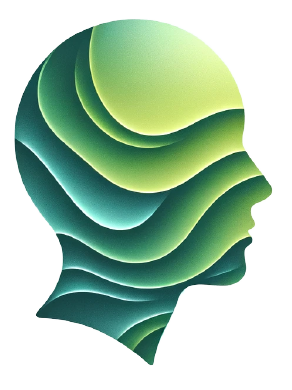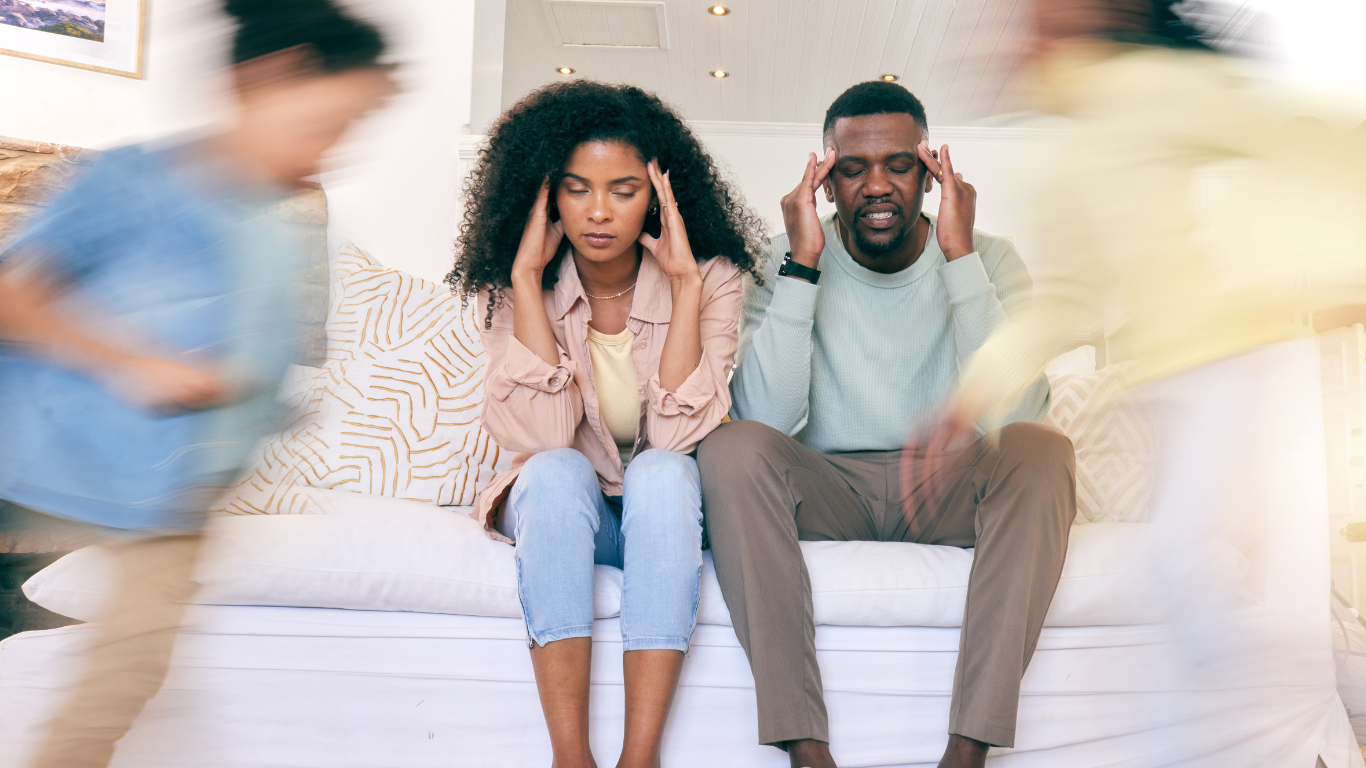Headaches vs. Migraines: Understanding the Differences for Better Diagnosis & Treatment


Why doesn’t medicine relieve your headaches? The answer is that not all headaches are the same. Nor do they respond to the same treatments. In fact, the term “headache” covers migraine headaches, tension-type headaches, cluster headaches, and sinus headaches. Understanding the differences between these conditions is crucial for effective diagnosis and treatment. This article provides a comprehensive overview of headaches and migraines, highlighting symptoms, characteristics, and differences.
Key takeaways
- Migraine symptoms and symptoms of migraines with aura
- Migraines vs. tension, cluster and sinus headaches
- Chronic and primary headache types
Migraine Headache Symptoms and Characteristics At a Glance
Before looking in depth at headaches vs. migraines, it is helpful to start with an at-a-glance comparison between migraine headache characteristics and those of other headache types, including pain characteristics, associated symptoms and duration.
| Headache Typ | Severity and Pain Characteristics | Symptoms | Duration |
| 1. Migraine Headache | Intense (debilitating), pulsating, throbbing, unilateral or bilateral pain | Nausea, vomiting, sensitivity to light and/or sound | 4 to 72 hours if untreated |
| 2. Tension Headache | Dull, aching pressure on both sides of head | No nausea, vomiting | 30 minutes to several days |
| 3. Cluster Headache | Piercing or burning unilateral pain often around the eye | Nasal congestion and tearing, restlessness | 15 minutes to 3 hours over weeks or months |
| 4. Sinus Headache | Deep, constant ache in the forehead, cheeks or around the eyes | Sinus pressure, nasal congestion and discharge, facial tenderness, and sometimes fever | When the underlying sinus infection is treated, pain typically resolves |
How to identify 4 types of headaches
Migraines, tension headaches and cluster headaches are primary headaches. These headaches are not caused by a different medical condition, such as a sinus infection. Instead, they are categorized as primary headaches based on their specific symptoms and diagnostic criteria (International Headache Society, 2018).
1. Migraine Headaches and Migraine Aura
Migraines are a type of primary headache disorder characterized by intense, throbbing pain usually localized to one side of the head, but the pain can also affect both sides of the head.
Migraines are particularly debilitating headaches because they often come with such a wide range of associated symptoms. In addition to intense pain, nausea, vomiting, and sensitivity to light (photophobia) and sound (phonophobia) can last for 4 hours to 3 days depending on the individual and whether treatment is administered promptly (Dodick, 2018). Migraine severity and migraine duration can affect the choice of treatment and management strategies.
Some migraines are preceded by an aura. About a third of people will have warning signs 24 to 48 hours before a migraine. This is called migraine aura or prodrome. This pre-headache phase typically lasts 5 to 60 minutes and may include additional symptoms, including visual disturbances (e.g., flashes of light, blind spots, even temporary loss of vision) or other neurological disturbances like tingling in the face or limbs (Goadsby et al., 2017). In rare cases, migraine aura can include weakness on one side of the body (Schurks et al., 2008).
Migraine severity can vary. Mild migraines may often be managed with over-the-counter pain relievers and may not significantly affect daily functioning (Lipton et al, 2001). However, even mild migraines can raise the risk of developing Medication Overuse Headache (MOH) due to frequent use of medications such as NSAIDs. Using a migraine preventative such as Petadolex or Dolovent to reduce migraine severity and frequency of attacks can reduce the need for pain-killers. Severe migraines often requiring emergency room treatment, prescription medications like Triptans or CGRP inhibitors and lifestyle adjustments (Buse et al, 2012).
2. Tension Headaches vs. Migraines
Tension headaches are the most common primary headache disorder. Often mistaken for migraines, tension headaches have different characteristics, including how tension headache pain usually affects both sides of the head. Unlike the intense pain of a migraine, tension headache pain is usually described as a dull, aching, or pressure-like sensation—as if a too-tight band is wrapped around the head.
Tension headaches don’t usually involve nausea or vomiting.Nor do they typically include sensitivity to light or sound.
Prescription migraine medications are not typically effective for tension headaches. Instead, tension headaches respond better to over-the-counter painkillers and muscle relaxants (Schoenen et al.,2006).
3. Cluster Headaches vs. Migraines
Cluster headaches produce severe pain around one eye. Also, burning or piercing pain characterizes cluster headaches vs. migraine pain that tends to be experienced more as intense, throbbing pain. They are called “cluster” because these headaches (typically lasting between 15 minutes and 3 hours) occur in clusters over weeks or months, followed by a headache-free period. Migraines do not follow a regular pattern. (Goadsby et al., 2006)
Nasal congestion and agitation are common symptoms. Where migraines typically include nausea, vomiting and sensitivity to light and sound, cluster headache symptoms do not. They are more likely to include autonomic symptoms like tearing of the eyes as well as restlessness.
Treating cluster headaches requires fast-acting medicines because the pain tends to come on and go away quickly. As with migraines, the goal is to decrease the pain, shorten the headache period and prevent new attacks. Triptans, oxygen and local anesthetics like lidocaine are among treatment options for stopping cluster headaches once they’ve begun.
4. Sinus Headaches vs. Migraines
Sinus headaches are caused by inflammation of sinus passages. Though they are not categorized as primary headaches, they are often mistaken for migraines which are primary headaches. Another difference is that instead of intense migraine “head pain,” sinus headaches produce “face pain”: forehead, cheeks and around the eyes. It is described as a deep, constant ache associated with sinus pressure and congestion. (Kobayashi et al., 2002)
Very different symptoms for sinus headaches vs. migraines. Sinus headache symptoms are more like a cold, with nasal congestion and perhaps a fever vs. migraine nausea and light/sound sensitivity. (Fokkens et al., 2020) Ear pain, acute aching in the teeth, bad breath, and tiredness also occur with sinus headaches. Chronic sinusitis and acute sinusitis have similar symptoms.
Treating the underlying sinus infection usually resolves a sinus headache.
When does a headache become chronic?
| Chronic Headache Types | How “chronic” headache is defined |
| Chronic Migraine | Attacks on 15 or more days per month (Buse et al., 2012). |
| Chronic Tension Headache | A tension headache occurring on 15 or more days per month (Schramm et al., 2004). |
| Chronic Cluster Headache | Cluster headache occurring over 3 months or longer with frequent attacks (May et al., 2018). |
| Chronic Sinus Headache | Symptoms are present for 12 weeks. |
Conclusion
While tension, cluster and sinus headaches are often mistaken for migraines, several characteristics define actual migraine headaches, including unilateral pain that lasts up to three days and significantly impairs daily activities. Nausea and vomiting are also typically associated with migraine vs. other types of headaches.
Understanding the differences between various types of headaches vs. migraines is essential in developing accurate diagnosis and personalized treatment plans that are effective in providing relief.
Sources
- Buse, D. C., Lipton, R. B., & Scher, A. I. (2012). The prevalence of chronic migraine in the United States: Results from the American Migraine Prevalence and Prevention Study. Headache, 52(10), 1448-1464.
- Dodick, D. W. (2018). A review of migraine and its management: Part 1: Current understanding and treatment strategies. Journal of Clinical Neurology, 14(4), 335-346.
- Fokkens, W. J., Lund, V. J., Hopkins, C., et al. (2020). European Position Paper on Rhinosinusitis and Nasal Polyps 2020. Rhinology, 58(Suppl S29), 1-464.
- Goadsby, P. J., Lipton, R. B., & Ferrari, M. D. (2006). Migraine – Current understanding and treatment. New England Journal of Medicine, 346(5), 357-370.
- Goadsby, P. J., Reuter, U., & Hallström, Y. (2017). A randomized trial of erenumab for chronic migraine. New England Journal of Medicine, 377(22), 2123-2132.
- International Headache Society. (2018). The International Classification of Headache Disorders: 3rd edition. Cephalalgia, 38(1), 1-211.
- Kobayashi, M., Fujita, Y., & Yoshida, A. (2002). Sinus headache: Clinical features and management. Otolaryngology–Head and Neck Surgery, 126(6), 567-573.
- Lipton, R. B., Stewart, W. F., & Diamond, S. (2001). Prevalence and burden of migraine in the United States: Data from the American Migraine Study II. Headache, 41(7), 646-657.
- May, A., Schulte, L. H., & Diener, H. C. (2018). Cluster headache: A review. Journal of Neurology, 265(3), 631-646.
- Rasmussen, B. K., & Olesen, J. (1991). Epidemiology of headache in a general population – A prevalence study. Journal of Clinical Epidemiology, 44(11), 1145-1151.
- Schürks, M., Rist, P. M., & Bigal, M. E. (2008). Migraine and the risk of stroke: A systematic review and meta-analysis. Neurology, 70(5), 356-363.
- Schramm, S. H., Haerter, J. T., & Akyüz, U. (2004). Chronic tension-type headache: A review of the literature. Pain, 112(1-2), 83-89.
- Schoenen, J., Jacquy, J., & Lemaire, J. (1998). Effectiveness of riboflavin in migraine prophylaxis: A randomized controlled trial. Neurology, 50(1), 66-72.
- Silberstein, S. D., & Lipton, R. B. (2008). Preventive treatment of migraine: The role of venlafaxine. Headache, 48(2), 208-212.
- Wang, S. J., & Fuh, J. L. (2006). Tension-type headache: Clinical features and management. Current Pain and Headache Reports, 10(4), 308-315.

Alternative Therapies
2 Aug 2024
7 min read
Butterbur for Migraine: Prevention, effectiveness, and safety
Do you suffer from migraines that interfere with daily life? Have you tried every medication and remedy under the sun with no success? While there are numerous pharmacological treatments available for migraine prevention and relief, many individuals seek alternative or complementary therapies to manage migraine symptoms. Butterbur is one of the most-studied and most-effective natural […]

Alternative Therapies
26 Sep 2024
5 min read
Headaches vs. Migraines: Understanding the Differences for Better Diagnosis & Treatment
Why doesn’t medicine relieve your headaches? The answer is that not all headaches are the same. Nor do they respond to the same treatments. In fact, the term “headache” covers migraine headaches, tension-type headaches, cluster headaches, and sinus headaches. Understanding the differences between these conditions is crucial for effective diagnosis and treatment. This article provides […]

Alternative Therapies
2 Aug 2024
8 min read
Managing Migraines at Work: Strategies and Considerations
Migraines are debilitating neurological conditions that can significantly impact an individual’s ability to function, both at home and in the workplace. Managing migraine symptoms while trying to maintain a career can be challenging. In this article, we will explore your rights and responsibilities in the workplace, plus practical strategies for managing migraines at work and […]



